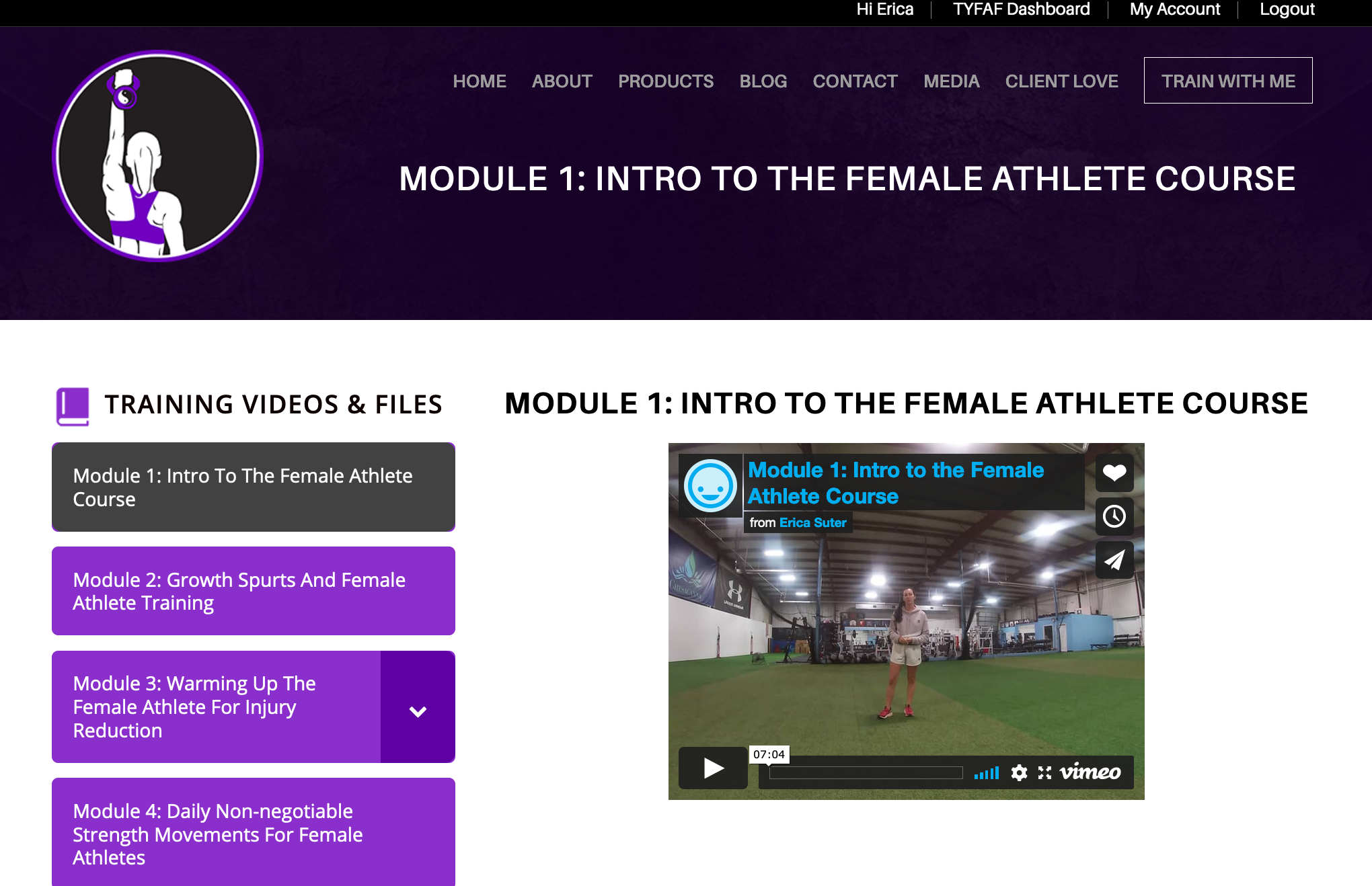
13 Dec 30 Days of Training Female Athletes, Day 19: Conditioning for Female Soccer Players
“I want my girls to have better fitness.”
This is a common request I get from soccer coaches.
Before I give them the magical answer, I ask them what they’re currently doing for conditioning. I’ll get a myriad of answers I don’t want to hear:
1. Circuits with Burpees and Plyometrics
2. Jogging Laps
3. Stadium Steps superset with Full Field Jumps
4. Suicides with no work-to-rest time progression.
5. Jogging laps.
As you can see, the good-old-jog-laps around the pitch is a common one.
What’s funny is, a lot of coaches dropped their jaws when I tweeted: “I don’t ever make my players jog for conditioning. In fact, I never make them jog, not even in warm up.” What I said was so outlandish, I slapped the #AntiJoggingGate2020 onto my statement.
It was that controversial.
When it comes to conditioning female soccer players, the problem is getting lost in the length of the game, rather than the dynamic demands.
When it comes to conditioning female soccer players, the problem is getting lost in the length of the game, rather than the dynamic demands. Click To TweetYes, players spend a good chunk of the game jogging or walking (about 50%), and they need to be able to last for an 70-90 minute game (middle school, high school and college, respectively).
However, the rest of the match they have the ball at their feet (<4%), or they are sprinting, decelerating, or changing direction (90-100 times). These intense demands must be a part of conditioning for youth soccer players because 1) they’re more susceptible to injury during these actions and 2) these are the most game changing actions in the game.
It is rare a goal is buried into the net off a walk or jog. More often than not, players are sprinting onto a breakaway, bolting past a defender, or rapidly changing direction to crack a shot.
Before I get into high intensity conditioning that is encompasses these demands, let’s get aerobic capacity out of the way first. In coach speak, “fitness.”
So long as players are doing an extended dynamic warm-up that incorporates continuous movement, players are achieving a nice aerobic benefit.
So long as players are doing an extended dynamic warm-up that incorporates continuous movement, players are achieving a nice aerobic benefit. Click To TweetHere is a full dynamic warm-up sample (10 yards out for every movement):
Forward Skip
Backward Skip
Frankensteins
Lateral Skip (2x)
Quad Stretch
Back Pedal
High Knees
Knee Tuck Stretch
Inchworms
Back Pedal
Scoops
Open Gates
Four Stretch
Forward Crawl
Lateral Crawl (2x)
Quad Stretch
A Skip
Mini Jump x3
50% Sprint
75% Sprint
Mini Jump 100% Sprint
Side Shuffle —> 100% sprint (2x)
This is a basic template to get started on that not only provides an aerobic stimulus, but it also works on physical qualities such as balance, coordination, posture and deceleration and acceleration. Of course, your warm-up is subject to change based on the day. I tend to incorporate more extensive plyometrics, skipping and marching variations, for example, in a speed day warm-up, and more lateral and rotational mobility drills for an agility day.
Beyond the warm-up, so long as your technical drills in practices are continuous and performed at a steady pace with minimal rest, players are also getting an aerobic effect.
Boom.
It’s that simple.
Stay tuned for my next blog on the fun stuff that all your players love: high intensity conditioning that works on Maximal Aerobic Speed, anaerobic capacity, and maximal velocity training (speed).
Get the Total Youth Female Athlete Fitness video course to learn how to teach female athletes strength technique, speed, and change of direction mechanics for injury reduction and performance, as well as learn about growth and maturation considerations, menstrual cycle, nutrition, and so much more HERE



No Comments